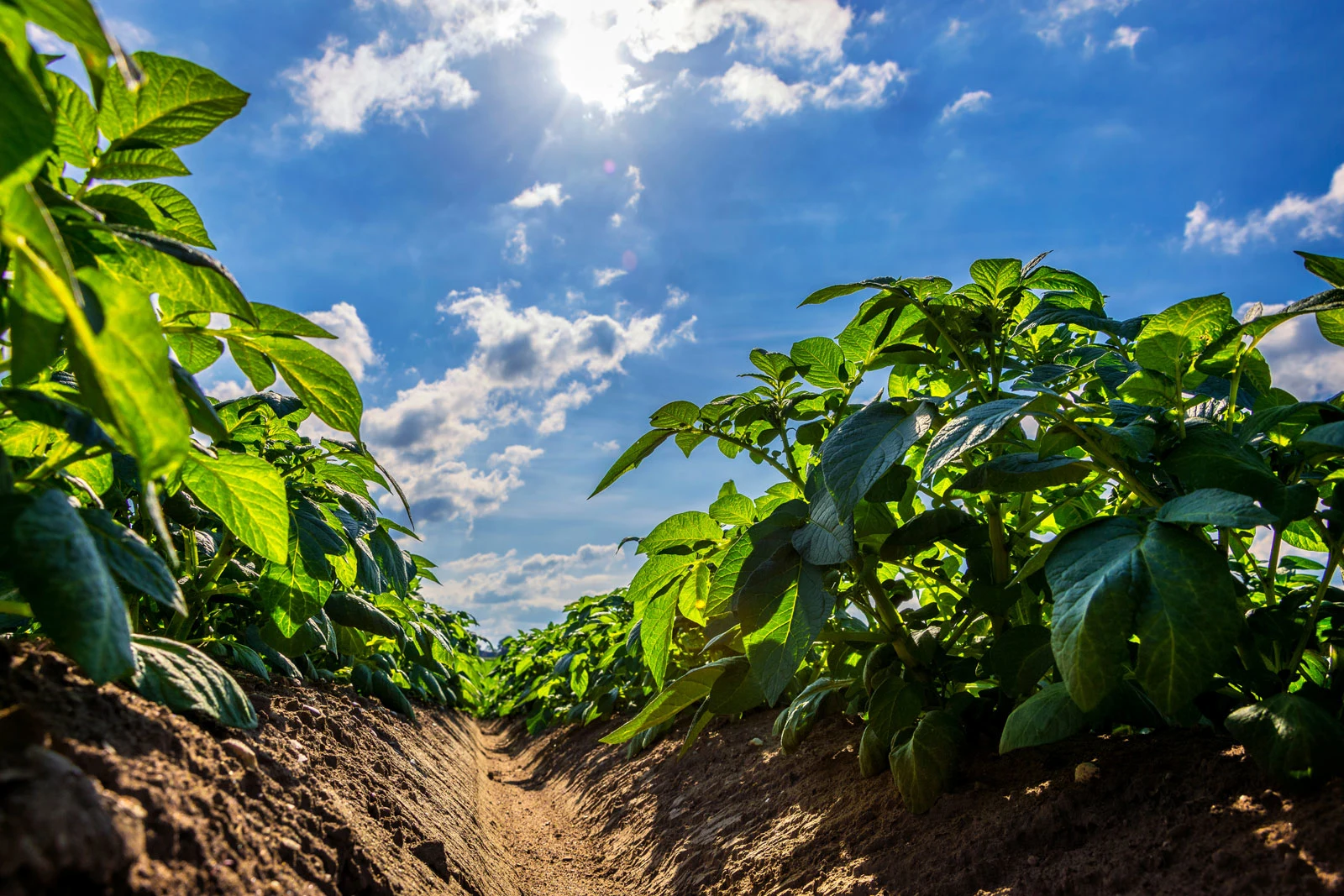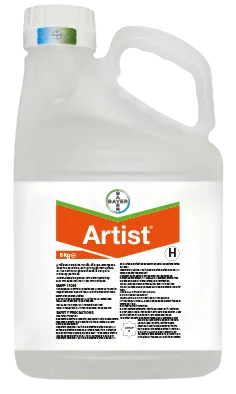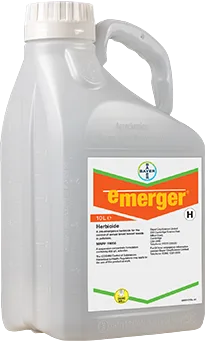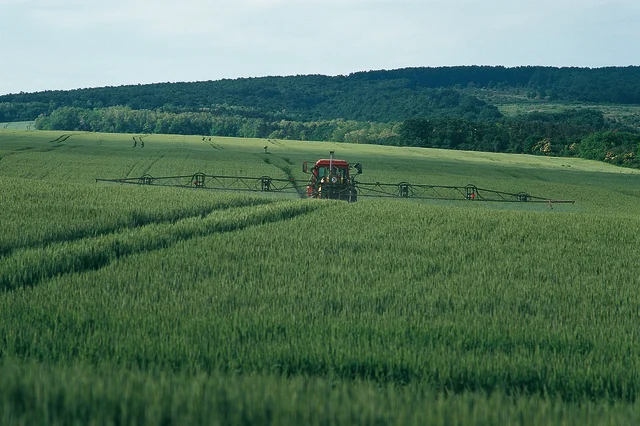Published on 12th April 2021
Weed Management
4 top tips for weed control in potatoes

Weed profiles and populations will vary up and down the UK as well as from field to field. But, a robust weed control programme and good application technique will pay you back in good crop establishment with minimal weed competition.
1. Start with a clean slate
Your weed burden will vary depending on where you are in the UK, previous cropping, and localised weed populations. If you are aware of the presence of troublesome perennial weeds, including couch grass, before planting, a non-selective herbicide such as Roundup (glyphosate) can be used to tidy up before cultivations take place. Ideally this would take place in the autumn, but spring applications are still possible for later-planted fields.
2. Plan your programme
Consider which actives and mode of actions to include in your programme. Including a residual product will give an extended period of control against later emerging weeds, while a contact herbicide will knock down any weeds that have already germinated. Take care to check tank mix guidance and product labels for any soil type restrictions or variety sensitivity.
Artist (flufenacet + metribuzin) offers good control of black-grass, annual meadow-grass and a range of broad-leaved weeds. Depending on the weed pressure the rates can be varied. Check the label for any soil type restrictions or variety sensitivity.
Emerger (aclonifen) is a pre-emergence product for broad-leaved weed control and offers a novel mode of action, with the herbicide taken up through the shoots of emerging weeds, rather than the root. Emerger is a mixer product and to ensure long-term all-round weed control it must be used with another residual herbicide, such as Artist, or straight metribuzin, metobromuron, or pendimethalin.
3. Get your timing right
Pre-emergence applications will be more effective in nearly all cases, and many herbicides may only be applied in this way.
Emerger should be applied to settled ridges as soon as possible after planting, and at least seven days before expected crop emergence. On light ground that warms quickly, operators should be aware that crop emergence may be faster than anticipated. Herbicides applied too close to crop emergence may result in slight yellowing of the leaves.
Ridges on some soil types will tend to crack as the soil dries, so in these cases it’s important to get herbicide applications on as early as possible, to reduce the risk of contact with emerging potato shoots. It is preferable to go earlier rather than too late, since there are very few post-emergence weed control options that don’t have the potential to knock the crop.
Ridges are likely to ‘green-up’ with weed seedlings rapidly, so the inclusion of a contact ‘burner’ herbicide in a tank mix with a residual can be used to control these early-emerging weeds.
4. Optimise your application
Good quality, uniform ridges will support optimal weed control. Any clods or unevenness will shelter and shade the soil from herbicide contact, which will allow weeds to emerge. Using a bed tiller before the ridge former can help to remove any clods before planting, but beware, this can result in soil slumping post-planting, which increases the risk of crop damage and can reduce herbicide effectiveness. Soil type and moisture levels have significant influence on ridge quality, so wait for soils to dry slightly if clods are a risk.
Take care not to spray in windy conditions, where side-wind will cause herbicide to land unevenly on ridges, with one side well covered, and the other not. Keep sprayer booms at 50 cm above the top of the ridge to ensure even application.
Proper product agitation in the tank is essential for some herbicide products. When using Emerger half fill the sprayer with clean water and start agitation before adding product and filling the rest of the tank. Don’t leave the sprayer idle at any time or you risk product separation.
Operators with left-over herbicide cans from the previous year should ensure that all cans are well shaken before adding to the tank, as contents may have settled or separated.
It’s important to add product carefully and gradually into induction hoppers as this will encourage good product mixing. Avoid the use of fine mesh filters as this can cause temporary blockages.
Follow label rate water volumes, which are usually around 200 L/ha, and use a medium spray quality to ensure good soil coverage. On lighter ground where less water is needed to penetrate the soil surface, water volumes could be reduced, providing this is in line with label recommendations.





